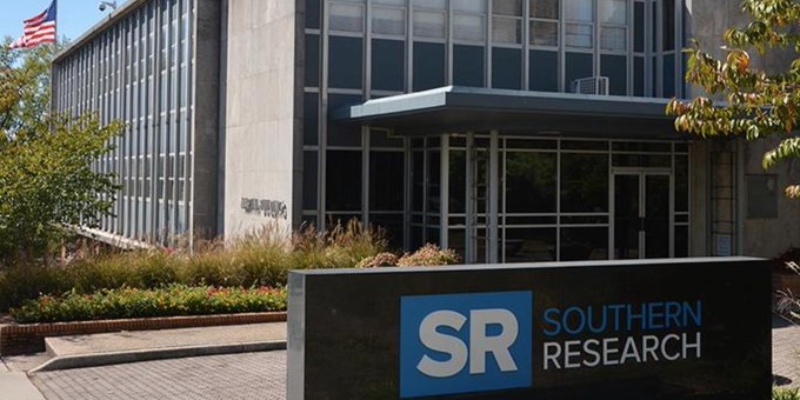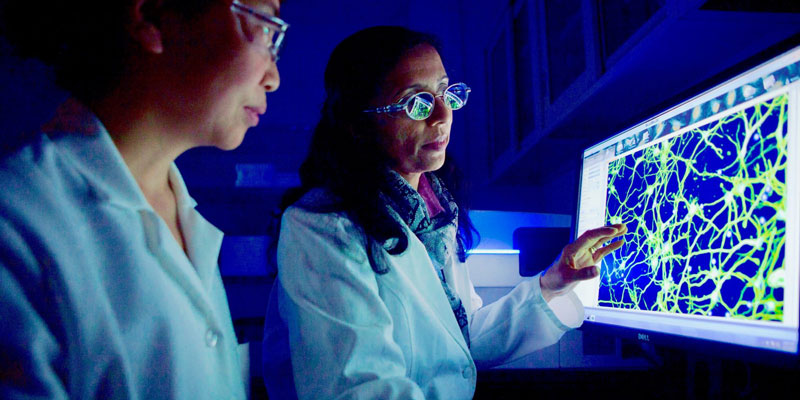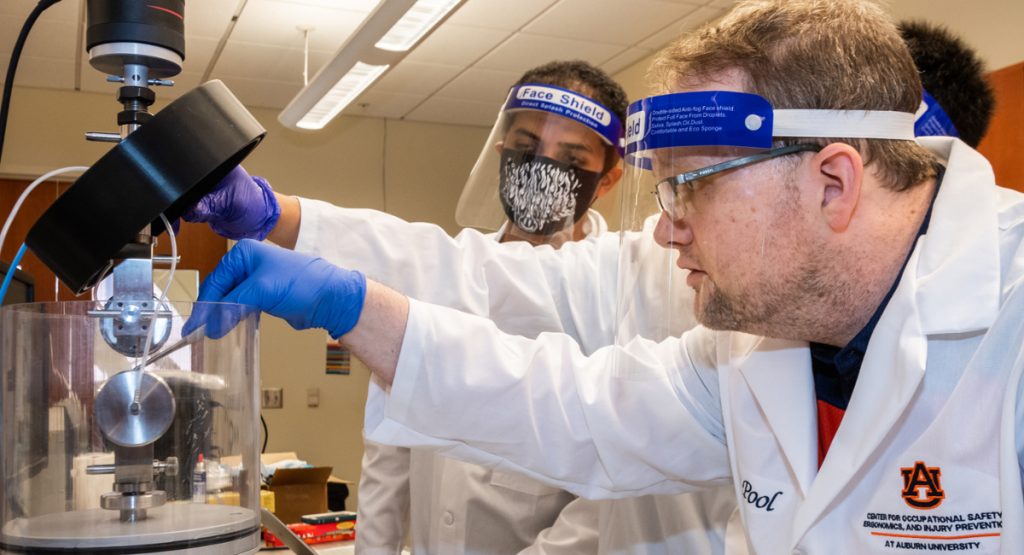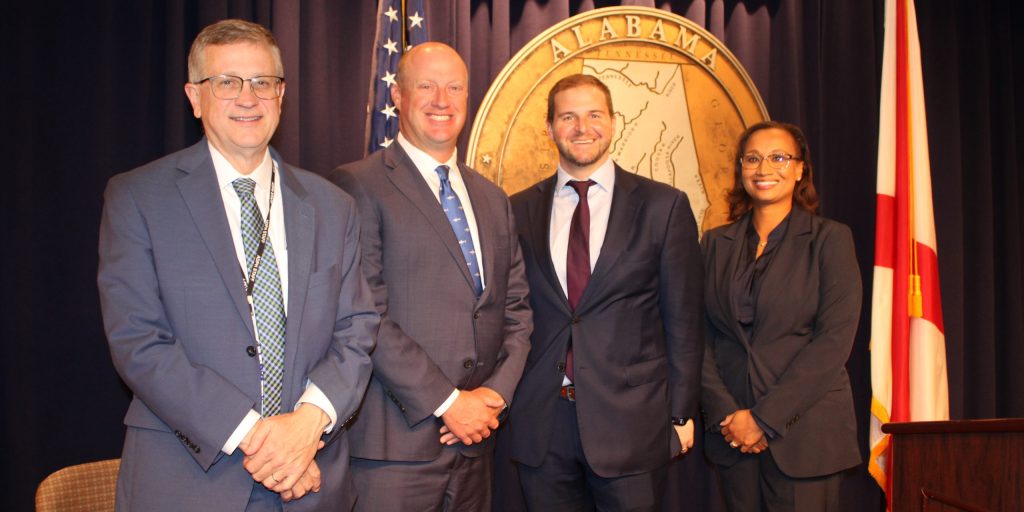The U.S. Department of Energy (DOE) has awarded a team led by Southern Research a $2.8 million grant to develop smart maintenance robots that will work autonomously in the challenging conditions inside next-generation nuclear reactors.
The team working on the project, funded by DOE’s Advanced Research Projects Agency-Energy (ARPA-E), will use artificial intelligence and machine learning to train the robots to complete maintenance tasks at a future molten salt reactor (MSR) large component test facility.
Autonomous maintenance is seen as an enabling capability to making MSR technology economically viable as a safe, carbon-free energy source, according to Robert Amaro, Ph.D., a mechanical engineer and advanced manufacturing specialist at Southern Research’s Engineering division.
“The MSR technology is very promising because of its inherent safety, but the high-temperature, high-radiation environment makes it necessary to remotely maintain the reactor. Training robots to perform maintenance tasks is a key capability in the development of these reactors,” Amaro said.
As the project’s program manager, Amaro will prepare the robots for their mission, but what is unusual about this project is that the robots will be trained in a virtual environment, using machine learning to execute a range of routine maintenance tasks. The operator would provide high-level guidance to the smart robots but would not have to direct each specific task they perform in the MSR, Amaro said.
The success of this project promises to significantly advance future nuclear power generation.
On the project, Southern Research has partnered with Oak Ridge National Laboratory, the creator of the original MSR technology; PaR Systems, a leading manufacturer of automation and robotic technology used in nuclear facilities; Intuitive Research and Technology Corp., which specializes in 3-D virtual training environments; DEFT Dynamics, an innovative small business developing real-time feedback for robots and manipulators; and Southern Company, a leading energy company based in Atlanta and the parent of Alabama Power.
The project supports a proposed concept being explored by Southern Company Research and Development (R&D) to develop a molten salt large component test facility in conjunction with its efforts to advance Generation IV nuclear energy systems. Southern Company and TerraPower, a nuclear startup founded by Bill Gates, received funding in 2016 as part of an ongoing effort to develop a Molten Chloride Fast Reactor that uses liquid salts as both a coolant and fuel.
Southern Company will assist the Southern Research team by providing 3-D modeling of the future test facility to help the robot training efforts. It will also provide oversight to ensure the technology developed by Southern Research is applicable to MSR technology.
“Southern Research has put together a strong technical team for this project, and this is a great opportunity for the organization to become part of a large, collaborative, industry-leading effort to develop next-generation nuclear power for the clean, safe, reliable and affordable generation of electricity,” said Nick Irvin, Southern Company director of research strategy, next-generation nuclear and crosscutting R&D.
Though MSR technology has never been commercialized, it was first developed as an experiment at the Oak Ridge National Laboratory in the 1960s. Now, almost 60 years later, the technology is seen by many as an energy system for the future.
Interest has been rekindled in MSR technology because it offers a zero-carbon energy resource that operates at high temperatures and low pressure using a nonreactive coolant. And these reactors are capable of being designed and scaled for both small- and large-scale deployments.
Collaborations
For Birmingham-based Southern Research, the project is groundbreaking in a number of ways, said Corey Tyree, Ph.D., senior director of Southern Research’s Energy and Environment division. It’s the organization’s first large-scale nuclear project and the first time it’s been funded by ARPA-E, a government agency that typically funds higher-risk projects that have a greater impact and a higher reward in the energy sector.
For Southern Research, it also represents the first major collaboration between its Engineering and Energy & Environment divisions on a project of this magnitude, he added.
“This is an exciting project because it moves us into some new directions,” Tyree said. “The work leverages our knowledge base in materials, energy and environment, while also moving us into new technical areas like automation, robotics and virtual environment training by partnering with other world leaders in these areas.”
Both Amaro and Tyree agree that the development of this autonomous robot technology can better position Southern Research for new industrial partnerships looking for applications in advanced manufacturing as well as applications supporting the nation’s space program, where a similar skill set may be required to perform complex tasks in hostile environments.
This story originally appeared on Southern Research’s website.
(Courtesy of Alabama NewsCenter)













